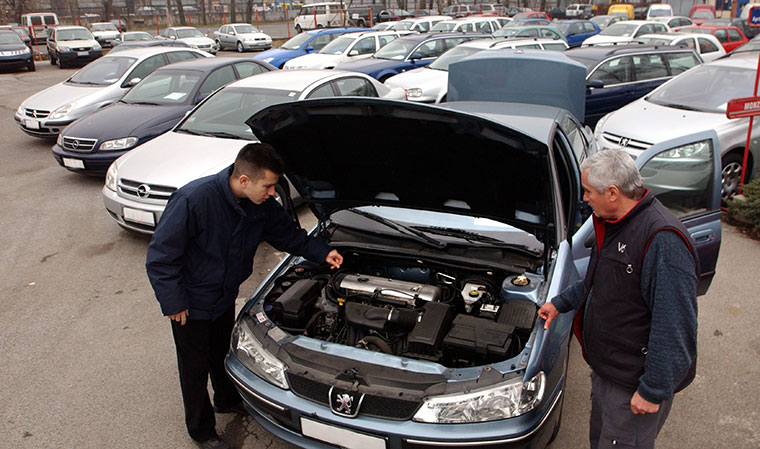By: Gov Auctions | 15 April 2015
How to Successfully Buy a Used Car at Auction

Buying a used car at auction can be a great idea to save some money, but you also don’t want to buy a car that’s going to breakdown and cost you more money in the long run. There are some great used cars on the market, but here are some things you should consider before attending an auction to make sure you’re buying the right car for you.
- Know your budget
Before you even start looking at cars, know what your budget is. If you need finance, organize your finance first so that you know exactly how much money you have to spend. Don’t forget about other associated costs, such as insurance, when looking at a car. You can often buy a used car and get an upgraded version for cheaper than a new car, which makes purchasing a used car a great advantage. - Evaluate your needs
There’s no point buying a convertible two seater when you have three kids you need to take to school. Work out what you need the car for and how it will be used day to day, and this will give you a better idea of what you should be looking for.
For example, if you think you need to move a lot of goods, a truck may be ideal. Or if you have a big family, a family wagon may be better suited. - Inspect the car
Today, it’s very convenient to look at cars online and see other cars for sale in other states around the country. But you need to be able to view and inspect the car yourself or by a family member with some mechanical knowledge. Never buy a car without looking at it, as even pictures online can be deceiving and may not show scratches or damage that are on the car.
If you’re not confident in inspecting a car on your own or don’t know a friend with mechanical knowledge, you can usually ask a mechanic to tag along and inspect the car for you. They’ll be able to look at the state of the engine and parts, and tell you if they can see any potential issues. Try to always inspect the car in clear, sunny conditions during the day, or in well lit areas. Make sure you have a good look so that you can see any scratches, paint damage or other bodywork issues. - Ask questions
When you find a car you like at auction, don’t be afraid to ask a few questions before the auction begins. Some questions you could ask is: - How long had the previous owner had the car?
- Why did they sell the car?
- Has it ever been in an accident or received any damage (such as hail)?
- Does it have any issues that the auction house knows of?
- This can give you an idea of any problem areas the car may have, which is particularly necessary at a car auction when you can’t take it for a test drive.
- Checking the car
If you have a bit of knowledge of mechanics, then you will know what to look for when looking around the engine and the interior. However, if you’re not sure then there are some simple checks you can do that aren’t very hard and can give you some idea of the condition of the car. - Check the oil Remove the oil dipstick and take a look at the colour of the oil. A car that is serviced regularly will have oil that is “see through”, and will be clean of any debris. If it has been a while since it was serviced, you’ll notice the oil will be rather dark in colour, almost black. The darker it is, the longer it has been since it was serviced.
- Look at the engine The engine should be clean and free of any corrosion and oil. If there is oil over parts of the engine, it could mean engine wear or damage and is best to be avoided.
- Check for any crash indicators A car may have been in an accident that the auction house were not told about. One way you can look for any suspicious activity is by getting down in front of the front tires, and looking down the car towards the back tires. The tires should be completely aligned with each other, with the back tires directly in line with the front one. If they seem misaligned, it could have been in an accident. Another thing to check for is if there are any odd welding spots, which could indicate crash repairs.
- Check the tires The tire tread should be very apparent and should be deep enough to fit part of your index finger. Lack of tread will mean you’ll need new tires sooner rather than later, and are an added cost on top of the car price that you’ll need to consider.
- Check the interior Take a look at the condition of the seats and make sure seatbelts are all working correctly. If a car has very low mileage for its manufacture date, take a look at the foot pedals. If the pedals are very worn, it could indicate the odometer has been meddled with.
- Don’t bid too high to start with
There is usually always a little bit of room to move on the purchase price for a car, particularly with auctions. If you think there may be some extra costs involved for you (such as replacing worn tires or a crack in a windshield), then make sure you take this into account with your bids. Don’t be afraid to bid lower to start with, as you can always up your bid later.